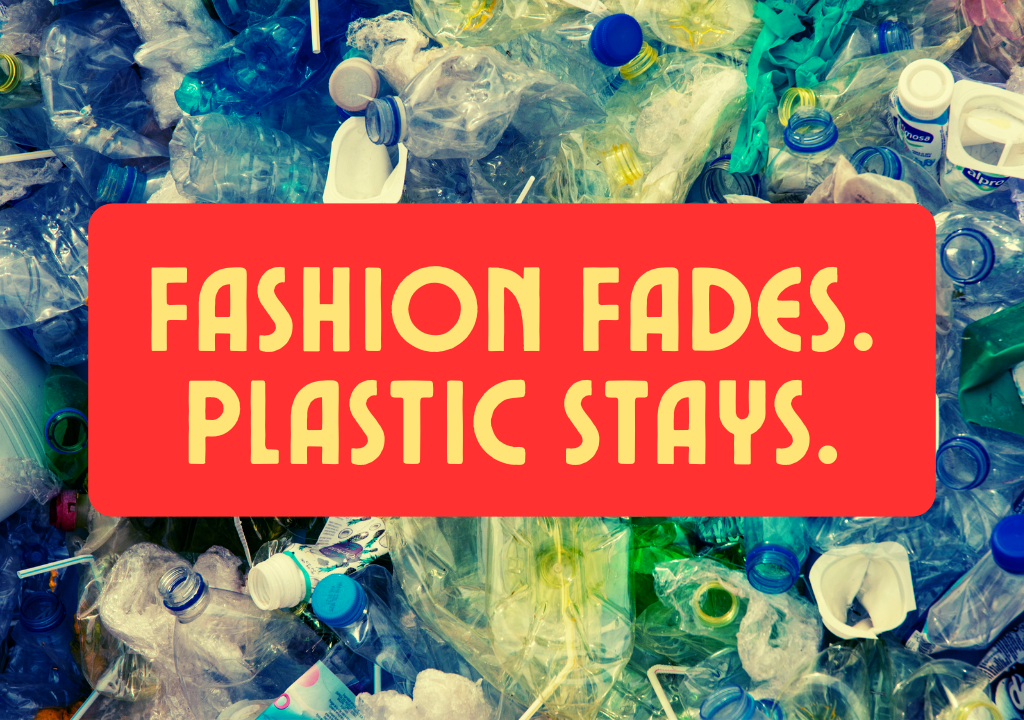FRACTURED EDIT
Plastic Hides in Clothing

The Hidden Plastic in Your Wardrobe
Plastic pollution isn’t just about bottles and bags. It’s in your clothing too. Synthetic fabrics like polyester, acrylic, and nylon shed microplastics into the environment and expose you to harmful chemicals.
If you’re looking for truly sustainable fashion, understanding the impact of plastic-based clothing is essential. Here’s what you need to know before making your next purchase.
How Plastic Ends Up in Our Clothes
Many fabrics today are made from petroleum-based plastics. Some of the biggest culprits include polyester, acrylic, nylon, and elastane (spandex). These materials dominate fast fashion because they are cheap and durable, but their environmental impact is severe.
The Hidden Dangers of Plastic Clothing
- Microplastic Pollution: Every wash releases tiny plastic fibres into wastewater, which eventually end up in oceans. A single load of laundry can release up to 700,000 microfibers, polluting marine ecosystems and entering our food chain.
- Toxic Chemical Exposure: Plastic-based fabrics are often treated with toxic chemicals, including dyes, flame retardants, and waterproofing agents. These chemicals can cause skin irritation, allergies, and long-term health risks.
- Non-Biodegradability: Unlike natural fibres, synthetic fabrics don’t decompose easily. A polyester shirt can take hundreds of years to break down in landfills, contributing to long-term environmental damage.
How to Choose Truly Sustainable Clothing
- Choose Natural Fibres: Opt for fabrics that are biodegradable and eco-friendly such as organic cotton, hemp, linen, wool, alpaca, and silk.
- Look for Certifications: Certifications like GOTS (Global Organic Textile Standard), OEKO-TEX Standard 100, and Fair Trade Certified ensure ethical and sustainable production.
- Avoid Blended Fabrics: Mixed fabrics like cotton-polyester blends are difficult to recycle and still contribute to plastic pollution. Choose 100% natural fibres when possible.
- Wash Smart: If you already own synthetic clothing, reduce microplastic shedding by using a microfibre-catching laundry bag, washing in cold water, and air-drying instead of machine drying.
Final Thoughts: Conscious Consumerism is the Future
What you wear doesn’t just affect your style. It impacts the planet. By choosing plastic-free fashion and supporting sustainable brands, you can help reduce pollution and push the industry toward greener alternatives.






